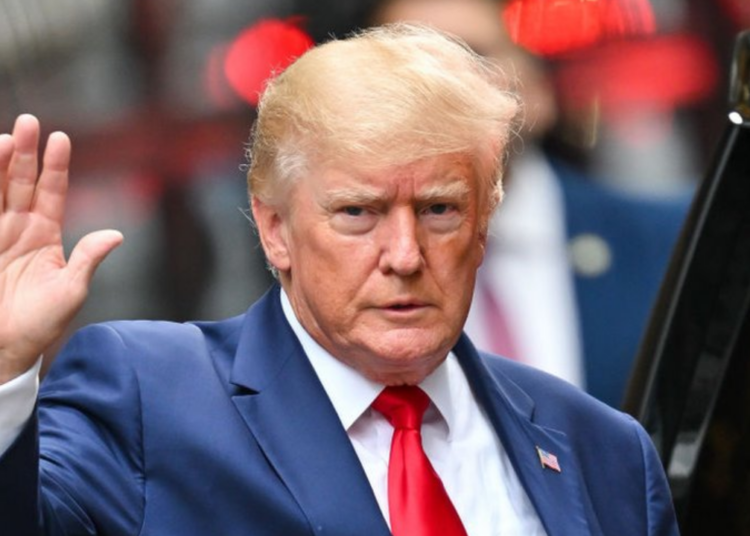US President Donald Trump has drastically increased tariffs on goods imported from China, raising them to an astonishing 145% within a 24-hour period. This move follows an initial announcement where Trump declared a 125% levy, which the White House clarified was in addition to an existing 20% tariff. The rapid and substantial increase has sent shockwaves through the global economic landscape, particularly between the world’s two largest economies.
Prior to this aggressive tariff hike, China had issued a stern warning, stating its resolve to “fight to the end” if a compromise could not be reached. The escalating rhetoric and actions have fueled concerns about a full-blown trade war, with potentially severe consequences for both nations and the broader international market. Just a day earlier, Trump had unexpectedly announced a 90-day pause on increased tariffs for most countries, excluding China, while imposing a universal 10% tariff.
In response to the initial US tariff moves, the European Union declared on Thursday that it would suspend retaliation measures that were previously announced in response to US tariffs targeting European steel and aluminum. This decision reflects the complex and rapidly evolving nature of the global trade situation, as nations grapple with the implications of the US administration’s aggressive trade policies.
During a cabinet meeting at the White House, President Trump acknowledged that his tariff policy would result in “transition costs” and “problems.” However, he expressed optimism that the long-term outcome would be “beautiful.” While the Trump administration has temporarily suspended elevated tariffs for numerous countries, the 10% baseline tariff remains in effect for most US trading partners, and the 145% rate on Chinese goods signifies a particularly intense phase of the ongoing trade dispute.
While President Trump maintains that tariffs will stimulate the return of jobs to the United States from foreign countries, many economists argue that these measures will ultimately lead to increased costs for everyday goods for American consumers. This potential rise in consumer prices could have significant economic and political ramifications, particularly as the US approaches the midterm congressional elections in the following year.
The Trump administration frames the tariffs as a strategic negotiating tool. White House National Economic Council Director Kevin Hassett stated in an interview with Fox News that the administration has received “offers on the table from more than 15 countries.” However, the long-term effectiveness of this approach and its potential impact on the US economy and political landscape remain uncertain. The 10% baseline tariff alone could lead to increased costs for consumers, and the dramatic increases for Chinese goods have the potential to further disrupt trade and economic stability.




